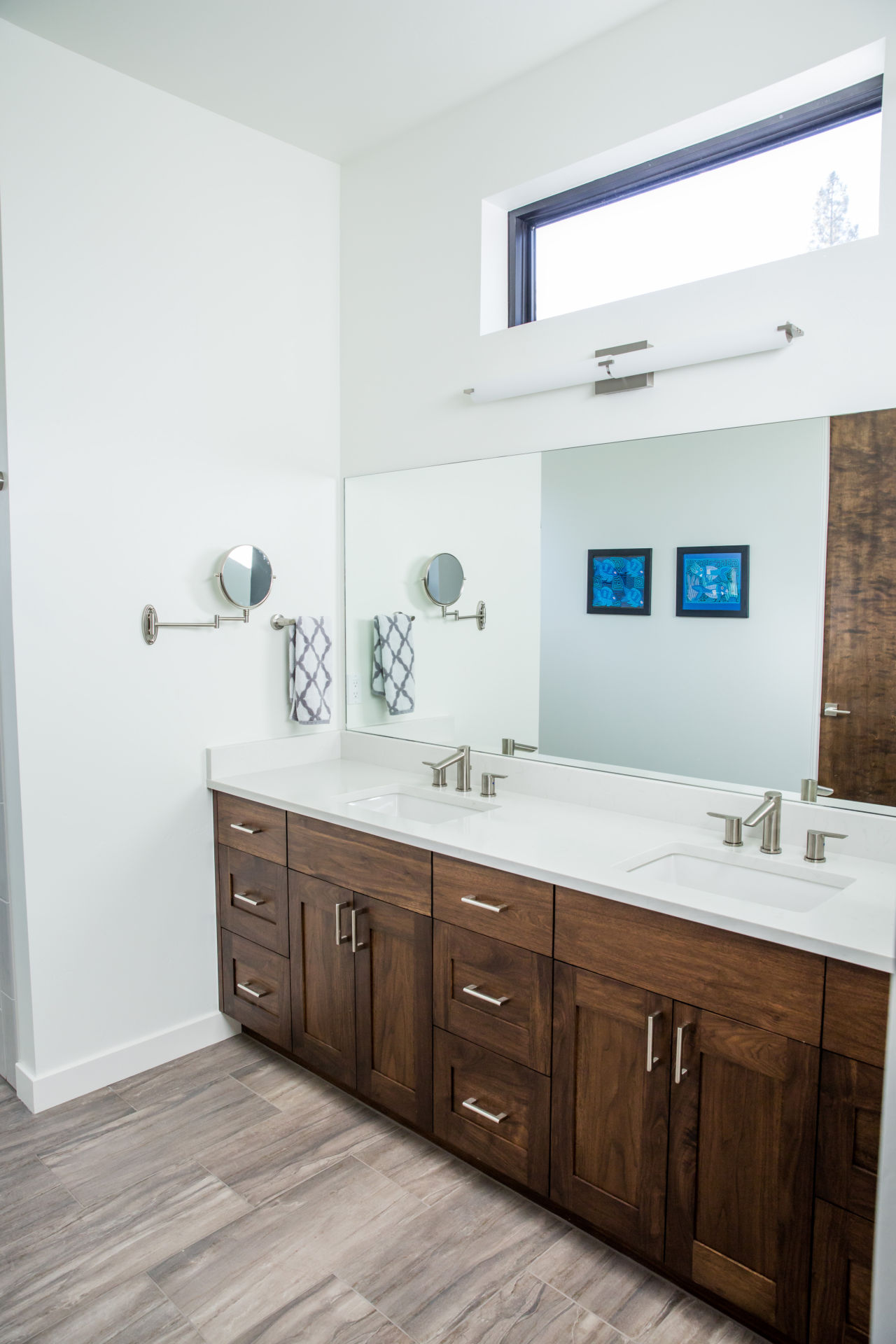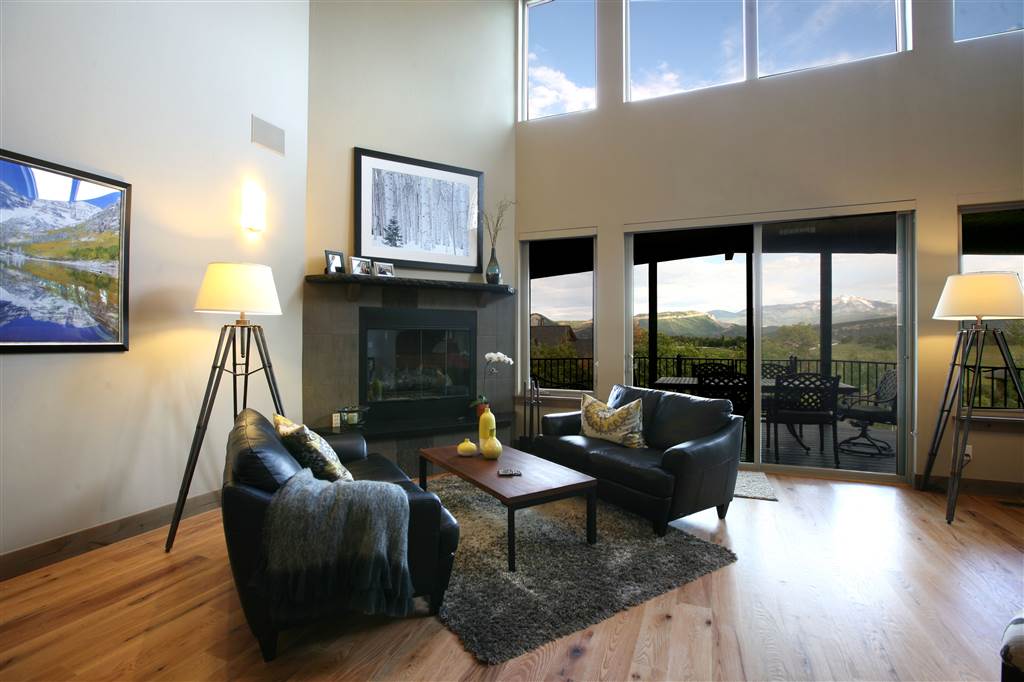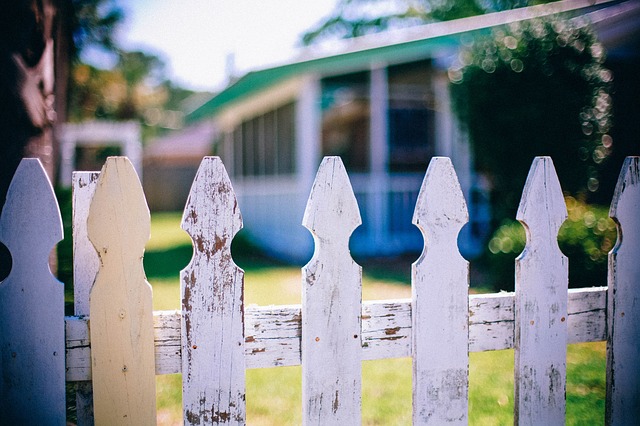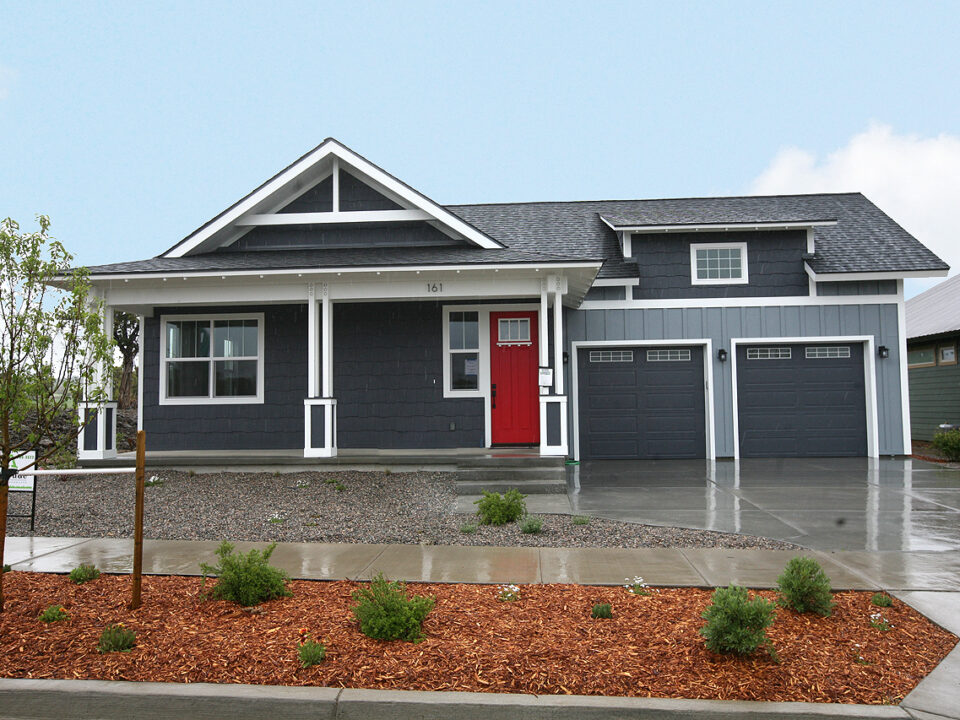
Plumbing Upgrades to Save you Money
September 28, 2017
8 Ways to Make Your Open Floor Plan Cozy
December 13, 2017They say good things come in small packages – tiny homes are no exception! Perhaps one of the more obvious reasons tiny house living is the best is that everything costs less! But there’s more!
Tiny homes range in size from as small as 9 sq. ft. (no kidding) to upwards of 800 sq. ft. and designs that range from ultra-modern to typically traditional. Designs can also incorporate off-the-grid features including setups for alternative power like solar or wind, harvesting rainwater, and composting toilets.
Tiny houses require a new way of thinking: Utilitarian. Space is a premium and you’ll want to get the most functionality out of a tiny home that you can. Think ladder, not stairs. Think furniture that converts, like a dining table for eating and later converts to a desk for working or to a bed frame at night. Think about furniture that folds flat or up against a wall or retracts. Many amenities are stored vertically to maximize not only the floor space but the wall and ceiling space as well. Think about how much you have and how much you’re willing to part with as it really is a commitment when you choose to live tiny. And don’t forget to consider if you can live with cleaning that composting toilet!
Before you expect to save on utilities, taxes, maintenance, and remodeling, know that some tiny homes can surprisingly cost more per square foot to fabricate or outfit than a typical large house. Custom designs are generally more complex therefore more expensive. Built-in furniture, multi-purpose furniture, and space that transforms to take advantage of every inch of space can require custom building and custom installation. You can save money by designing and building your own tiny home or opt for kits or consider buying used. Even though the tiny home may initially cost more “per square foot,” the good news is it will be far less than a typical large house.
Utility costs
Let’s face it, the costs associated with heating and cooling smaller spaces is much less. While other factors like the size of the lot, the type of construction, the location, etc. can affect taxes and insurance, you can expect utilities to be a big source of savings in a smaller home.
Maintenance
Even normal big-ticket items like the roof, windows, and reapplication of exterior paint will now be significantly less time-consuming. And if you are the primary person responsible for cleaning and maintaining the home then you know the time and energy it takes to keep it a home running at its peak. So beyond saving money, you save loads of another one of your valuable resources – time.
Remodeling and Redecorating
Larger homes require you to buy more furniture and accessories in order to fill the space. With a small home there are already built-in limits and if you decide to remodel those costs are also lower too. Less space means fewer materials and less labor.
Mortgage
Tiny homes are less expensive all-around so it’s not surprising the mortgage would be too. Unless the home is located on a unique lot or has some incredibly special features, you can expect a significantly smaller monthly payment. That goes to taxes and insurance too!
Less Stress, Less Clutter and More Time
Less money required to buy and maintain your new home means less stress. A smaller space means less clutter and less maintenance. All this means there’s more time freed up for you and yours and who doesn’t want that?
Footprint
For the environmentally-savvy, you already know that a tiny home leaves a smaller carbon footprint. In addition to using fewer utilities to maintain it, it demands even fewer resources to build it!
Selling
A more affordable home is going to appeal to a larger audience. The bigger and more expensive the home, the smaller the buying pool. When it comes time to sell your tiny home, your price point will surely cast a wide net for potential buyers. And you might reconsider selling your home when to relocate if your tiny home is able tow-ready.
Bonding
Families are physically close to each other in a tiny home. Since everyone can’t scramble to different rooms at different ends of the house, families are literally forced to spend more time together. In this day and age, that might very well be the best reason of all to opt for a smaller home.
A home that might be some people’s version of a walk-in closet is definitely not for the faint of heart! If you like the idea of simplifying your life and reaping the benefits of less space (and less stress!), then you might just love making the transition to a tiny home.
Sources: via, via, via, via




